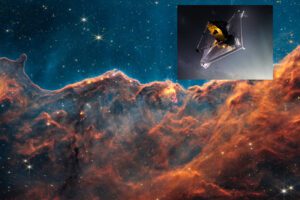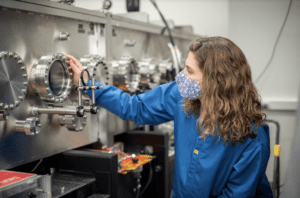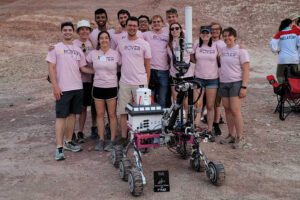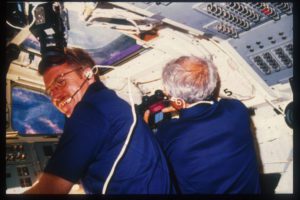Under Robinson’s leadership, the James Webb Space Telescope project went from being years behind schedule and billions over-budget to one of NASA’s greatest achievements of the 21st century.


Under Robinson’s leadership, the James Webb Space Telescope project went from being years behind schedule and billions over-budget to one of NASA’s greatest achievements of the 21st century.

The ZEUS laser at the University of Michigan has begun its commissioning experiments

As a member of the X-lites program, ZEUS joins an international community of extreme light labs working together to advance laser science for the benefit of society

From autonomously navigating rocky terrain to testing soil for signs of life, the Michigan Mars Rover team bested their competition and took first place at the international competition.
Before Bouman became the face of the project that brought us the first ever image of a black hole, she was wowing ECE professors with design projects and hoarding Domino’s pizza with her HKN family.
The post Katie Bouman talks legacy of the black hole imaging project and favorite U-M memories appeared first on Michigan Engineering News.

England has dedicated more than two decades of his distinguished career helping students reach for the stars to understand more about Earth and other planets.
With first light anticipated in 2022, the NSF will provide five years of operations funding, ramping up as the ZEUS user facility progresses to full capacity.
The post Most powerful laser in the U.S. to begin operations soon, supported by $18.5M from the NSF appeared first on Michigan Engineering News.
Satellites give new insights on the Great Pacific Garbage Patch, plus sources and flows of ocean microplastic.
The post Tracking ocean microplastics from space appeared first on Michigan Engineering News.

Maya Pandya, an Electrical Engineering senior, is a key member of the student team working to design a new generation of CubeSats that may revolutionize how we monitor space environments and provide a new method for interplanetary communication.
More than 250 students had a hand in a satellite scheduled to launch on January 17th, the first in space for a project to keep nanosats in orbit by harnessing Earth’s magnetic field.
The post Pioneering a way to keep very small satellites in orbit appeared first on Michigan Engineering News.